|
Click. I stood on the landmine, about the size of a can of pop, a container made of lightweight plastic like cheap toy soldiers. I always thought landmines were disk shaped, and that if you could replace your weight, you might slip away unharmed, at least according to Hollywood. “No, you hear click, you explode,” says the Cambodian volunteer guide. The last click you’ll feel with your legs intact, if you survive. Fortunately, this landmine was disarmed, one of the thousands on display at the Landmine Museum outside Siem Reap in Cambodia. The trigger device still worked, so standing on the lid, no bigger than a garden sprinkler, it still had the impact of pulling the trigger of an unloaded gun, aimed directly at my head. After the U.S invasion during the Vietnam War, the blood-drenched rule of Pol Pot, and the decades of civil war that followed, Cambodia is one of the most mined countries on the planet. An estimated five million mines are still to be found, many by wandering animals, farmers, and children. It is estimated that one out of every 290 Cambodians is a landmine victim. In the game of war, landmines play dirty. They are cheap to make, easy to camouflage, designed for maximum carnage and injury, and patiently hide long after the war they were deployed for is over. Built in a variety of shapes and sizes, landmines do not have a sell-by date. As Cambodia rebuilds itself in a new century, the weapons of the past continue to maim the innocent. Aki Ra’s life mission is to put an end to this, one dangerous mine at a time. Photo: Landmine Museum A former child soldier of the Khmer Rouge and later the Vietnamese Army, Aki Ra was laying landmines in the jungle before he reached his teens. Cutting trails in the jungle, he would lay traps, mines and trip wires, carefully camouflaged with soil and foliage. One mine might trigger another so that a single careless step could wipe out an entire platoon. Claymore mines, detonated by tripwires, are loaded with ball bearings that fire in every direction, causing massive harm to anything in the vicinity. US-made Bouncing Betties have a spring mechanism that shoots it up to head height before it explodes, resulting in maximum carnage. Aki Ra was told to lay them all, Chinese pineapples, Russian mines made of wood, salad-bowl anti-tank mines. Today, his Landmine Museum, 25kms away from Siem Reap and Angkor temple complex, is a disturbing glimpse into real-life horror, and the human spirit that defies it. Privately funded without government aid, Aki makes frequent trips into the jungle to disarm the devices that continue to torture his country. He estimates that he has removed some thirty thousand mines, an incredible feat given the fact that Aki doesn’t use modern mine detecting equipment. Drawing on his childhood knowledge of where to hide mines and how best to disarm their fuses, his success rate, and survival, is incredible. It costs about $500US for an aid organization to remove a single landmine. Over 130 countries have banned the use of landmines, but major arms manufacturers like the USA, Russia and China continue to produce and distribute mines for as little as $3 a unit. The human cost is incalculable. Aki’s museum has adopted about a dozen young landmine victims, missing arms and legs, but making up for it in spirit. They help out at the museum, and a village has sprung up around the museum since Aki successful cleared it of mines in the early 1990’s. Inside a small hut, hundreds of mines are on display, along with information as to how they work and where they are found. A video runs showing Aki walking through thick jungle, the cameraman literally shaking for fear of taking a wrong step. “Look at this small field,” asks the guide. “How many mines can you see?” It’s the size of a vegetable patch, and I can just make out a trip wire connected to a mortar bomb hanging from a branch. I count four mines before he begins to point them out. There are dozens - in the ground, behind leaves, attached with gut-wire above my head. Some are only designed to blow off one leg, others the entire lower torso. You wouldn’t stand a chance. Photo: Landmine Museum After the gunpowder has been “steamed” out and the mine is declared safe, Aki displays them in his museum to educate people about their continuing danger in Cambodia, and the world over. On the video, a one-legged survivor kid who lives at the museum scores a goal in a friendly soccer game, his spirit inspiring. The TV is turned off. Click. The Landmine Museum relies on visitor donations and volunteer help. Entrance is free, and English-speaking guides are available by donation. More info at www.cambodialandminemusuem.org
0 Comments
In 2005, I mountain biked down Bolivia’s notorious “Death Road”, and almost soiled my shorts. The 65km mountain pass that connects La Paz to Coroico had the morbid distinction of being the “world’s most dangerous road,” causing an average of 150 deaths a year, largely from overcrowded buses and trucks tipping over the edge and plummeting 600m to the canyon below. Blind corners combined with narrow muddy passes and speeding trucks were a fatal combination, but also proved to be an inspirational if somewhat risky activity for amateur and professional mountain bikers. Conceived by a New Zealander named Alistair Matthews in 1998, Gravity Assisted Mountain Biking was the first company to offer adventurous tourists the opportunity to bike the Death Road – a downhill thrill ride encompassing stunning mountain and jungle scenery. Using highly maintained bikes and expert guides, it proved to be a major hit, and to date the company has safely guided well over 30,000 people down to Coroico. Today, a flood of competitors offer the service, some more reputable than others. It was only a matter of time before the Death Road claimed its first tourist, a 23 year-old Israeli girl. By 2005, seven tourists had died mountain biking the road, a low figure given how many have biked so close to the edge. Today, that figure is closer to 20. Between 2 trucks and a hard place Returning to Bolivia a few years later, I revisited the Death Road to find it as popular as ever, and thanks to a new highway from La Paz to Coroico, safer too. By far the most dangerous aspect of biking the road were local trucks and buses, screaming around the corners ready to send an overzealous biker over the edge for a parachute-less freefall. Just about all these vehicles now use the faster, far less risky new highway, leaving the winding jungle road as an empty track perfect for bikers of all levels. While guides in front still scout for any rogue buses, the real danger lies with riders who bike beyond their talent level, flying around tight corners where even a small speed wobble can send you flying off a cliff. Unfortunately, another danger has been the proliferation of fly-by-night operators quick to capitalize on the success of the activity. There are now some 30 companies offering tourists the chance to bike the road, and in order to cut costs, some of them don’t pay nearly as much attention to bike maintenance, guide training, and rider instruction. It’s a highly competitive market with zero regulation, and is further surprising how many tourists choose to ride with a less-experienced company on battered bikes just to save a couple dollars. One of the fatalities was an Israeli traveller who went off the edge in a dangerous wet section of the jungle road. Bikers take tea breaks at her memorial. “The company said he was doing wheelies and lost control,” Matthews tells me, pointing out the spot. It is wet, muddy, and pockmarked with loose stones. “I ask you, can you imagine anyone being that stupid to try that in this particular section? The only witness was the company driver, and his job is at stake.” Matthews refused to name the company. Indeed, when local police investigated the tragic death of an Israeli girl, they ruled it a suicide, even though she was vocally complaining about her brakes failing to her fellow riders. Despite Matthews’ efforts for the government to get involved, safety regulations would dramatically raise the operating costs for all operators, and the idea is being met with resistance. “People assume there are standards. Unfortunately, there just aren’t any,” he explains. With between 120 and 140 riders a day, biking the Death Road has become an industry, employing around 500 people and bringing in much needed foreign dollars into the region. The only car I pass on my way down belongs to an American birdwatcher. “Watching all these bikers seems to be the most organized tourist activity I’ve seen in the whole country,” he tells me. It’s beyond him why anyone would want to bike a dangerous road in Bolivia, and beyond me why anyone would want to drive it looking for birds. I ask a backpacker from California why she decided to bike the 3.5km descent. “Everyone I spoke to about Bolivia said it was the highlight of their trip,” she says. From the first 22km of asphalt, sprinting between breathtaking mountains, to the dramatic scenery along the jungle road, it’s easy to understand why the Death Road has become a legend on the Gringo Trail. But even with the new highway, there’s still a substantial risk. Anyone planning the adventure would do well to investigate their operators, and their bikes, before hitting the road. Versions previously published in The Gulf News, South China Morning Post Sometimes, things don't go exactly as planned The Bus Ride from Tirana to Dhermi, Albania It was supposed to take four hours, but it took eight, and every of them was an attack on my shattered nerves. The bus, possibly held together by elastics, could barely make its way up steep mountain hills, while rusted springs stuck through the vinyl seats and poked in my butt (think marshmallows on a sharp twig). The driver’s buddy thoughtfully came around to collect all the trash, and promptly through it out the window. The surface of Mars is in better condition than most Albanian highways, but that didn’t stop the driver from playing chicken with the approaching trucks. Wrecks lined the road to prove head-on collisions were common, just in case I thought he knew what he was doing. The Flight from Addis Ababa to Lalibela, Ethiopia While we’re in Africa, lets check into the only flight I’ve ever been on that broke down mid-flight No sooner had we taken off from one of many stops along the way than the twin prop Fokker pulled a U-turn and landed back on the runway, the result of engine/wing/equipment/something trouble. Four hours later, another plane arrived, also experiencing technical difficulties. The passengers from that flight transferred over to our plane, which all of a sudden worked, and took off, leaving us still on the tarmac. Another four hours later, another plane arrived that may or may not have been in working order, but since it was a choice between a night on a runway or arrival amongst legendary 11th century rock churches, survival seemed like a small price to pay. The Tazara Rail from Kapiri Mposhi to Dar es Salaam It’s one of the great African train adventures, 38 hours through scorched wilderness. Sounds great, now lets crank the heat, overcrowd the cabin, blast bad music through distorted speakers, obscure the windows with thick layers of dust, cross the wildlife reserves at night when you can’t see anything, charge $10US for soggy eggs that nobody in their right mind would eat, and depart once a week (maybe) from a train station that is only slightly cleaner than an open pit toilet after a school trip. Not that I’m complaining. The Rickshaw in Puno, Peru Pedal-power rickshaws can be a charming, cheap way to get around bustling cities in the developing world. In the southern Peruvian town of Puno, the driver is located behind the carriage, as opposed to the front of the carriage in India, or the side, as found in Malaysia. My rickshaw took a corner and the carriage suddenly came to an abrupt halt. I turned around and saw my driver had somehow lodged himself underneath a car. How he did this is beyond me, as it quite possibly defied the laws of physics. The rickshaw rider seemed OK, especially after he received a wad of notes from the car’s frantic driver. I hopped into another rickshaw, but insisted the driver get in the carriage so I could pedal off safely myself. The Train from Rishikesh to Chakkebank, India Having waited two hours in a steaming carriage before the departure, I was exhausted from fending off beggars, and a maniac selling hot chai. Finally, we left the station, travelled ten minutes through an open sewer, stopped, and spent another two hours waiting for Godot. Due to a festival, the second-class sleeper carriage was crammed with people. I dozed off on my top bunk and woke up to find two guys sitting in the gap between my legs. When a third guy tried to join the party, I put my foot down, literally, on his head. The Slow Boat down the Mekong River, Laos The 48-hour slow boat resembles a long, wooden coffin, which is why I felt like death after the journey. The engine is deafening, the wooden seats narrow, providing ample legroom for five-year old dwarfs. Noise, heat, splinters, smells - it’s almost, but not quite, enough to spoil the incredible views I passed along the way The Ferry from Salvador to Morro de Sao Paulo, Brazil Serious ocean storms are nothing to be sniggered at, even in a large catamaran designed to pounce over huge swells. On this 90-minute ferry ride, I had two choices. Go outside, get soaking wet and hang on for dear life, or stay inside and fill up a barf bag with yesterday’s beef stew. It felt like the Perfect Storm, with more fear, and no life jackets. Inside, the puke was gushing up and down the aisles. The Metro to Budapest Airport, Hungary With a terrible hangover, I had two hours to get to the airport for my flight from Budapest to Istanbul. Due to construction on the metro, I took a bus shuttle to the nearest station, which locals informed me was complimentary. Not according to an overzealous ticket inspector, who let me off a considerable fine after much begging, but still confiscated my remaining metro ticket in spite. Nervously, I rode the metro without a ticket to the last stop, only to realize I had gone in the wrong direction. Time was ticking, my head was exploding. All the way back in the opposite direction, I arrived just in time for the airport shuttle driver to slam the door in my face. I just made the flight, with no help whatsoever to the Budapest transit system along the way. The Arctic Night Bus in Sweltering Brazil Night buses are my bane, but often provide the only way to get from A to B. What made this bus special was the driver cranking the air-con so high that icicles were forming on the edge of my nose. Outside, it was a warm and pleasant tropical evening, but inside the bus, the Arctic Circle was blowing a snowstorm. With all my gear inaccessibly packed way in the storage beneath me, I was only wearing shorts and a T-shirt, spending the long, painful night shivering and shaking. The only advantage to all this was being able to flick the frozen mosquitoes off my legs. Originally published on Sympatico.ca
|
Greetings.
Please come in. Mahalo for removing your shoes. After many years running a behemoth of a blog called Modern Gonzo, I've decided to a: publish a book or eight, and b: make my stories more digestible, relevant, and deserving of your battered attention. Here you will find some of my adventures to over 100 countries, travel tips and advice, rantings, ravings, commentary, observations and ongoing adventures. Previously...
July 2024
Categories
All
|

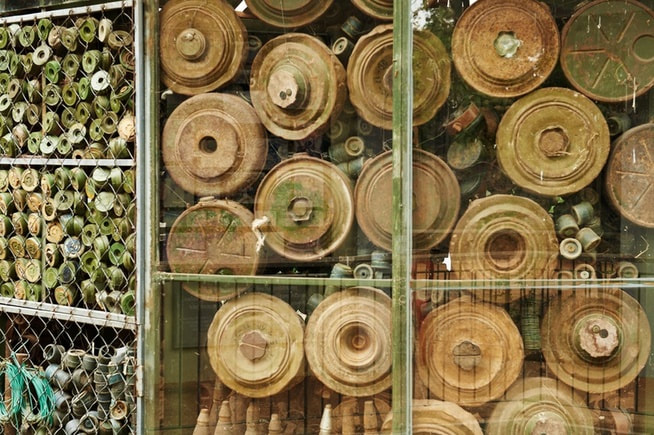
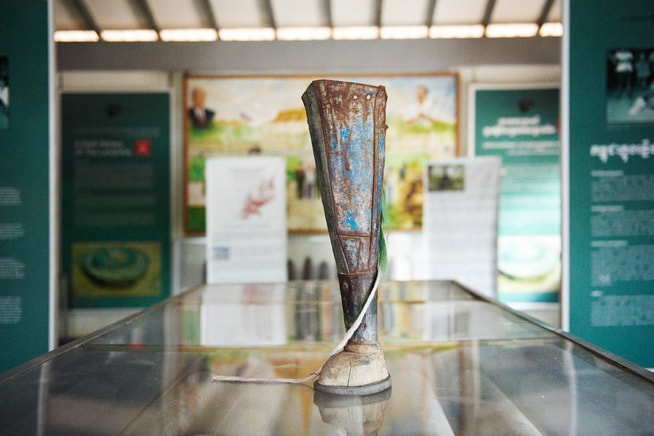
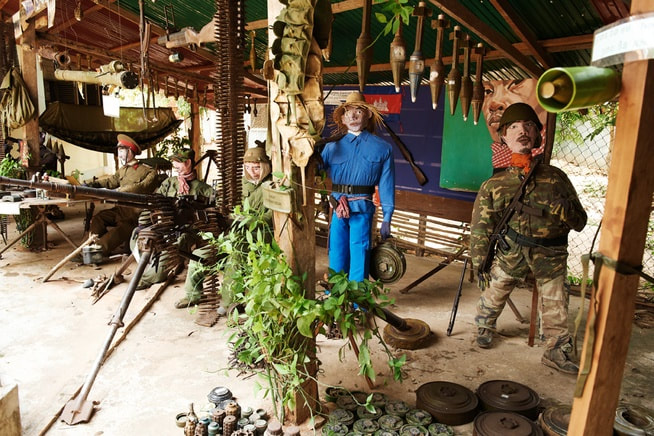
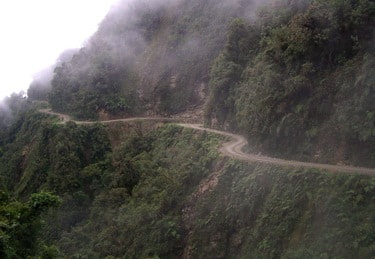
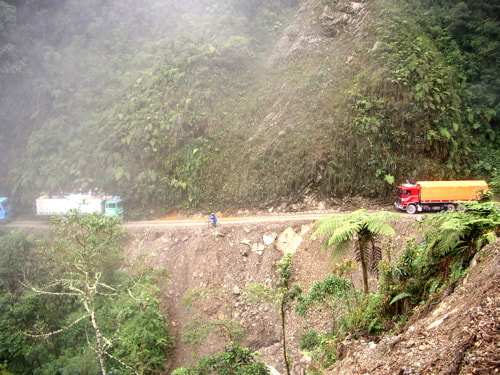
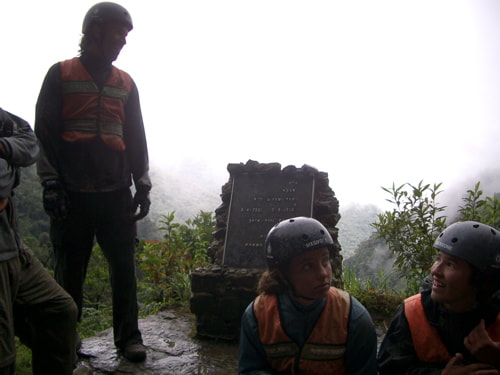
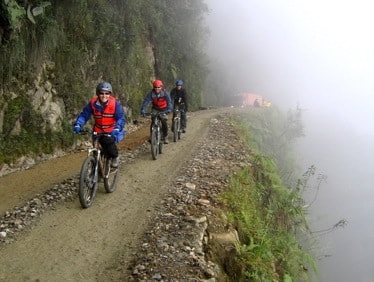
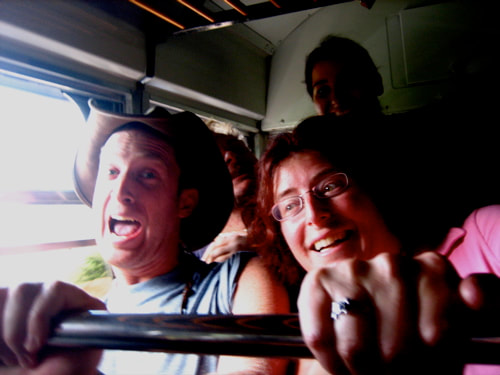
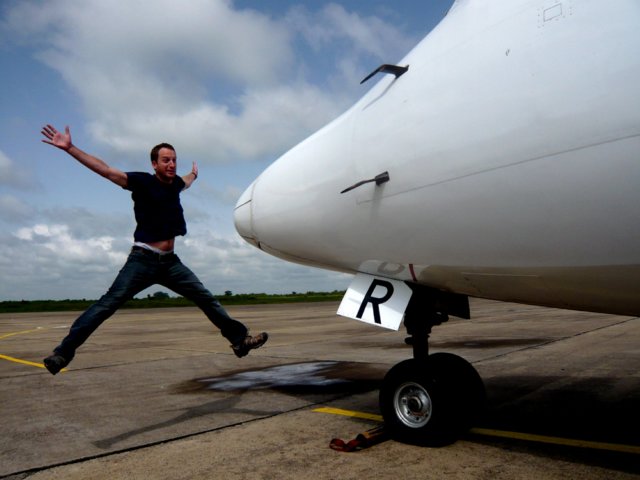
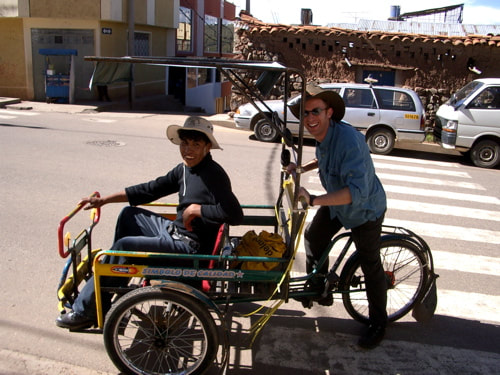
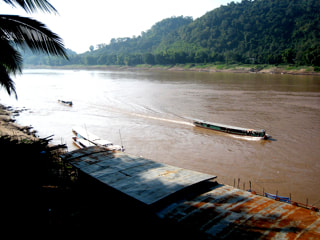
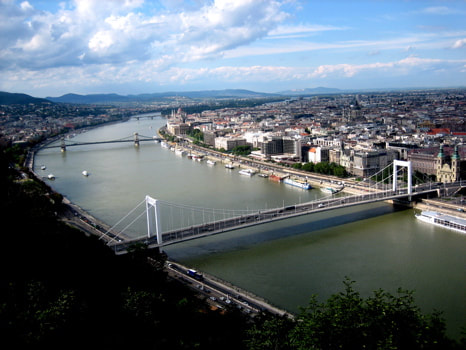
 RSS Feed
RSS Feed

